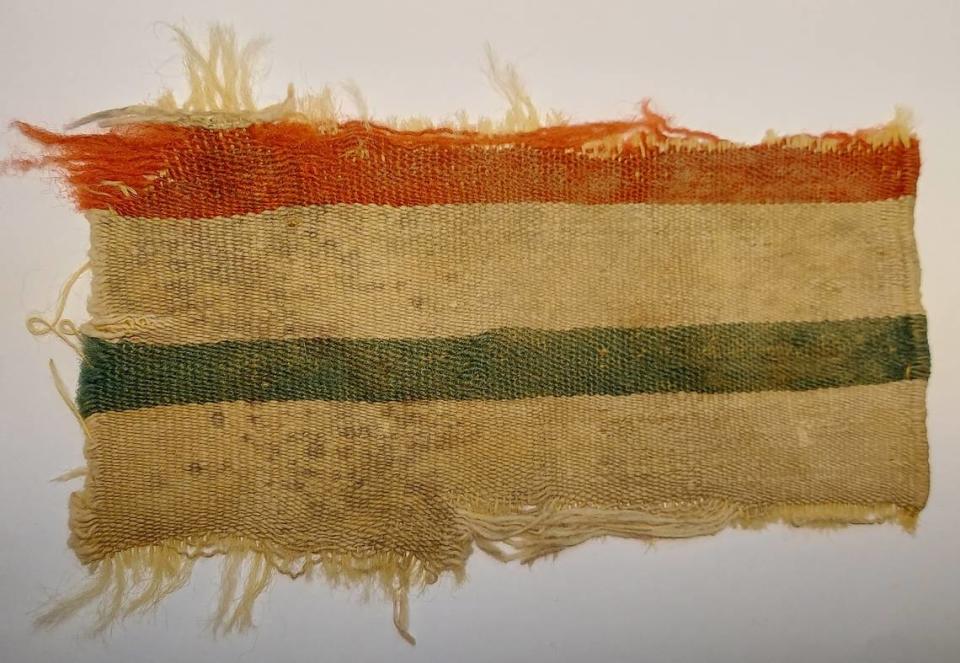‘Trash mounds’ of 1,300-year-old fabrics — still vividly colored — unearthed in Israel
Filled with food waste, junk mail and wrappers, our trash speaks volumes about how we live day-to-day. While the items people discard have changed over the centuries, the revealing nature of human trash has not.
That’s why a team of archaeologists hoping to understand the lives of ancient traders decided to find, excavate and analyze trash deposits along Silk Road routes in Israel. Digging into the desert ground at Aravah, the researchers uncovered a “treasure trove” of trash, according to a Jan. 17 news release from the Israel Antiquities Authority.
The “trash mounds” contained cotton and silk fabrics likely imported from China and India about 1,300 years ago, researchers said. Based on the location, features and age of the fabrics, archaeologists concluded the Aravah site was along a branch of the Silk Road’s network of trade routes.
The Silk Road refers to a network of trade routes stretching from China across the Middle East and into North Africa and Europe, according to National Geographic. Goods, such as silk, spices, tea and porcelain, were traded along the network from around 130 B.C. until 1453 A.D. The trade network also facilitated the spread of ideas, cultures and religions.
The “garbage” in Aravah included silks from China, decorated fabrics from India and cotton textiles from India and Nubia, a region in Sudan, the release said. These fabrics are still vividly colored, photos show.
One fabric fragment had a section of red, blue and gold stripes running through the center. Archaeologists attributed some of the weaving techniques to Iran and some of the designs to central India.

Another faded blue fabric boasted a gold design with checkerboard stripes and spheres. The “variety and richness” of the fabrics indicated a high demand for imported luxury goods in the region, researchers noted.

Archaeologists also found leather, clothing and hygienic items buried in the trash heap. Photos show one fabric piece with thick red and blue stripes. The finds illuminated the material culture and day-to-day lives of the region’s ancient residents and traders.

Exploring the Israeli Silk Road is an ongoing project for Guy Bar-Oz, Roi Galili, Orit Shamir, Berit Hildebrandt and Nofar Shamir, according to the team’s project website. Their research aims to “better understand the movements of textile goods, traders, and consumers” by focusing on “often-neglected smaller settlements.”
Aravah, also known as Arabah or Araba, is a region about 145 miles southeast of Jerusalem and along the Israel-Jordan border.
Every skull is missing from 37 skeletons in this prehistoric mass grave — except one
Paw prints lead spelunkers to ancient cat bones, untouched for millennia in Texas cave
Royal family may be buried in 2,000-year-old tombs unearthed on Chinese mountainside

